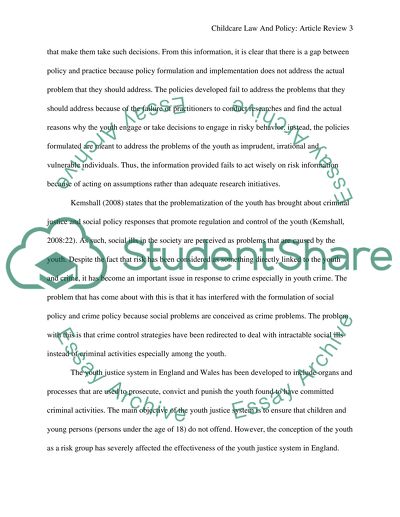Cite this document
(“Childcare Law and Policy: Risks, Rights, and Justice Essay”, n.d.)
Childcare Law and Policy: Risks, Rights, and Justice Essay. Retrieved from https://studentshare.org/law/1636671-childcare-law-and-policy
Childcare Law and Policy: Risks, Rights, and Justice Essay. Retrieved from https://studentshare.org/law/1636671-childcare-law-and-policy
(Childcare Law and Policy: Risks, Rights, and Justice Essay)
Childcare Law and Policy: Risks, Rights, and Justice Essay. https://studentshare.org/law/1636671-childcare-law-and-policy.
Childcare Law and Policy: Risks, Rights, and Justice Essay. https://studentshare.org/law/1636671-childcare-law-and-policy.
“Childcare Law and Policy: Risks, Rights, and Justice Essay”, n.d. https://studentshare.org/law/1636671-childcare-law-and-policy.


